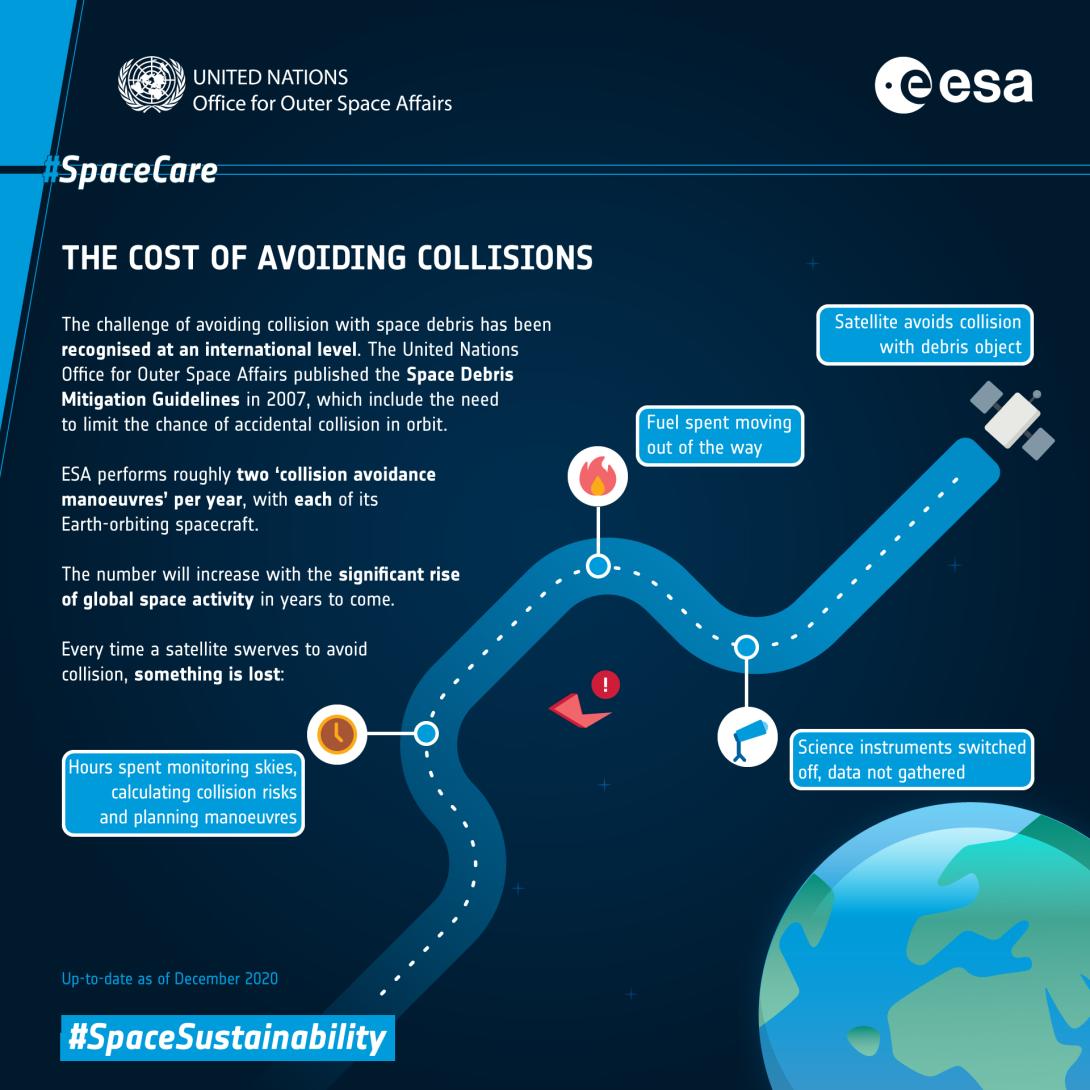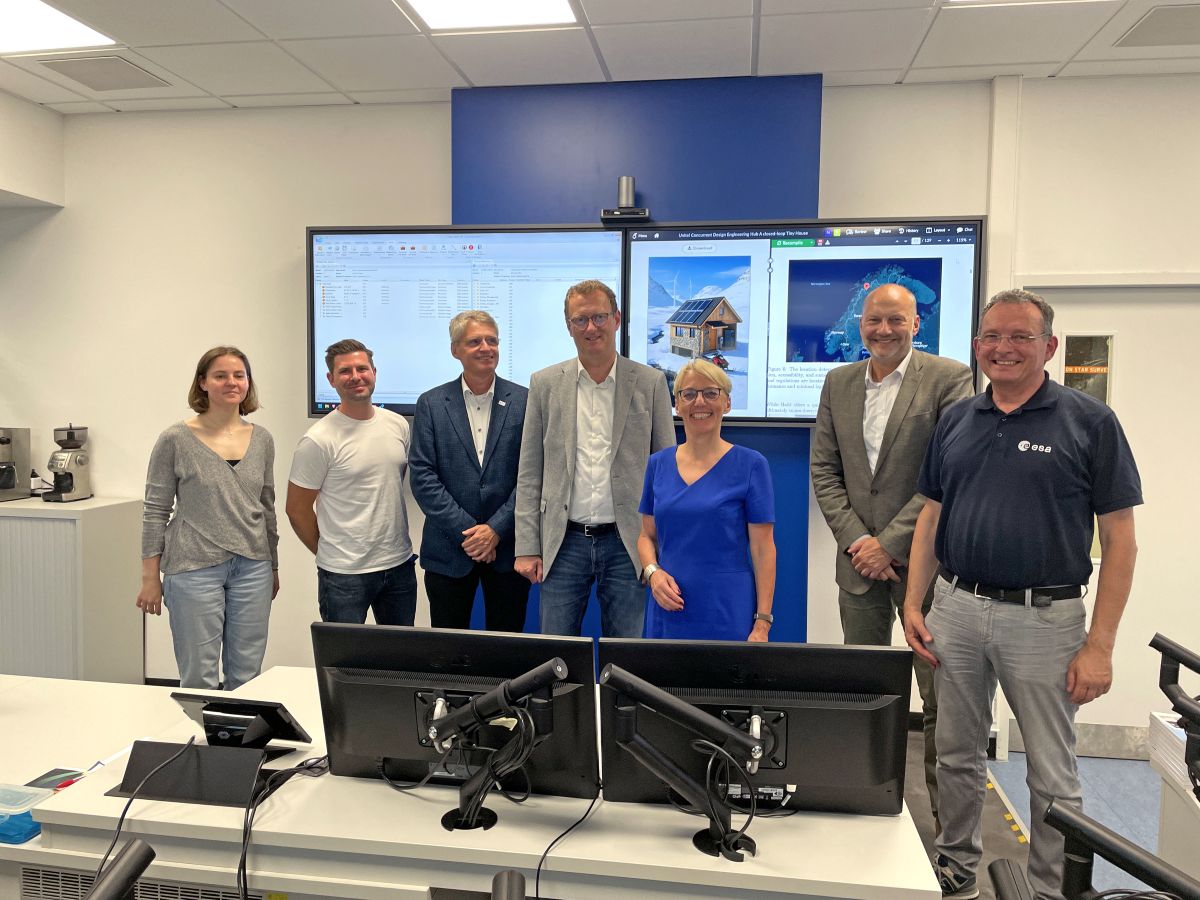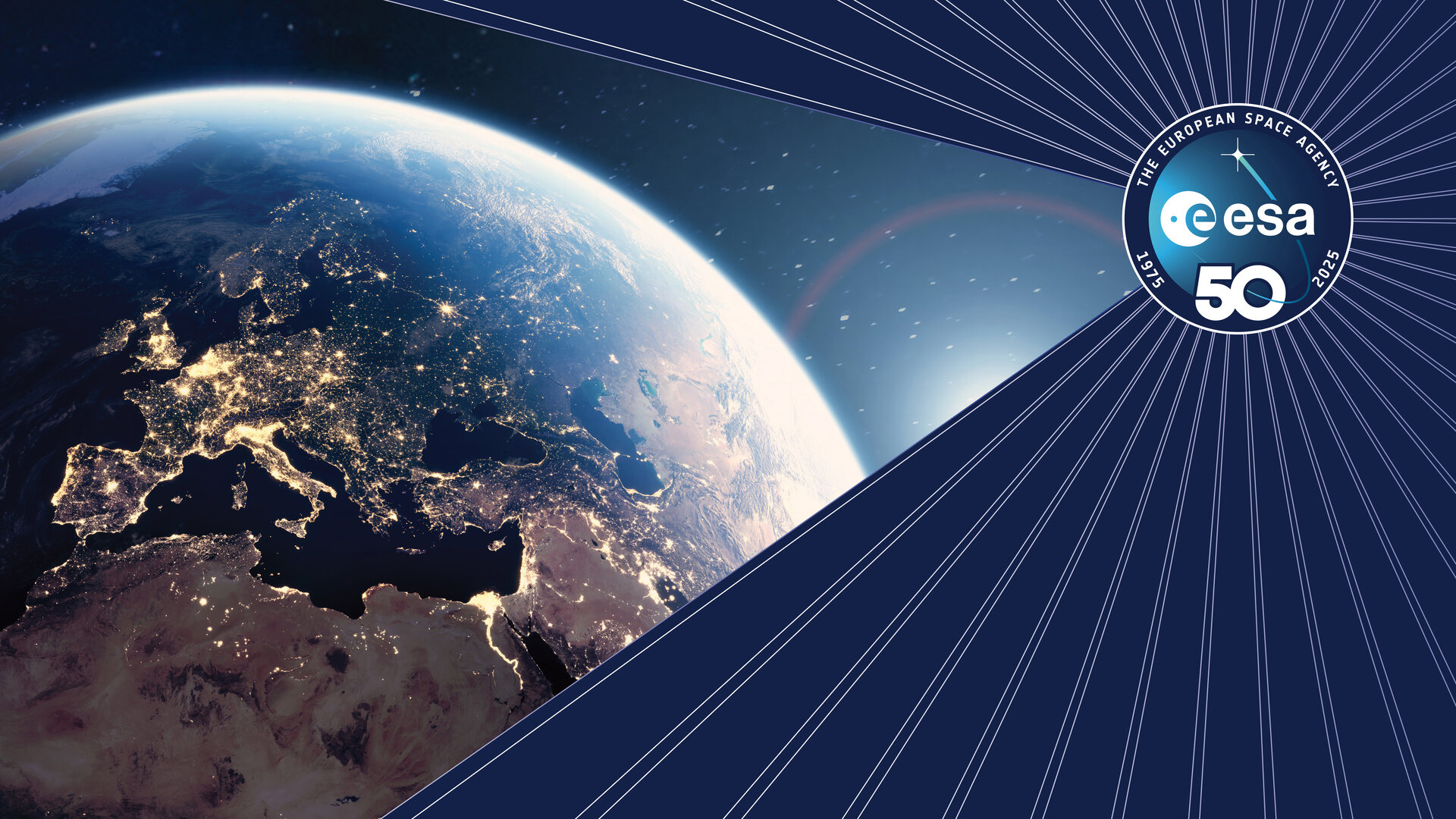ESA tasks European industry with staving off in-space collisions
Space is getting congested – tens of thousands more satellites are expected to launch into low-Earth orbit within the next decade. Avoiding catastrophic collisions between active satellites and space debris has become a routine part of mission operations in highly trafficked orbits.
To address the rising number of collision risk alerts, ESA’s Space Safety Programme initiated the Collision Risk Estimation and Automated Mitigation (CREAM) activity. CREAM will see the development of a collision avoidance system that will automatically assess the risk and likelihood of in-space collisions, improve the decision making process on whether or not a manoeuvre is needed, and optimise the commands sent up to at-risk satellites to get out of the way.

The Agency has now selected the satellite servicing and orbital sustainability company Astroscale Ltd. to lead a consortium to carry out the ‘CREAM 2’ study.
Together with GMV and OneWeb, Astroscale will explore new techniques for uploading manoeuvre commands to satellites as late as possible.
Ground station network expansion, data relays and Galileo Signal-In-Space service could all help prevent time and resources being spent on unnecessary manoeuvres while continuing to safeguard the space-based infrastructure we depend on.
“In the frame of CREAM 2 we aim to develop the technology for automated collision avoidance to reduce the manual interventions needed,” says ESA’s Klaus Merz, Senior Collision Avoidance Analyst and Coordinator of CREAM. “We have therefore initiated studies investigating robust decision criteria and manoeuvre designs, improved means for coordination among operators of spacecraft, as well as ways to guarantee late access to spacecraft thus enabling later involvement of human operators and analysts and reducing false alarms.”
“We are glad to have found a strong team for the CREAM 2 activity. It involves partners which are both innovative and experienced in operating spacecraft fleets and ground segments of various sizes, complexities and automation levels.”
Read the full Press Release on the Astroscale website.



